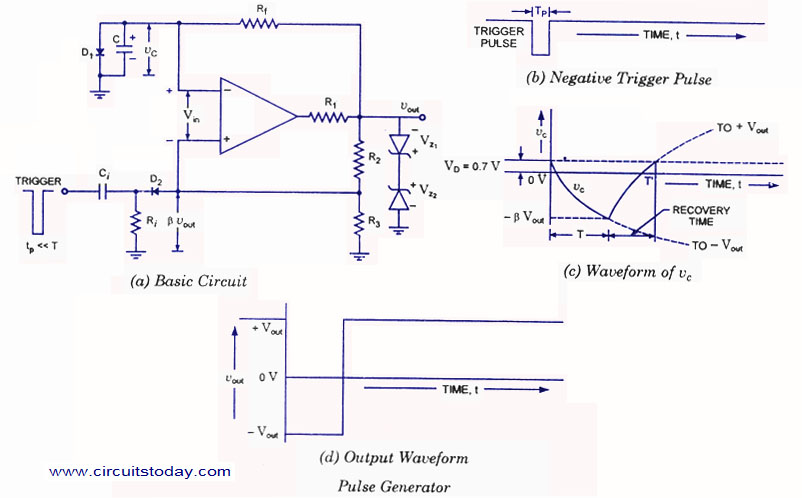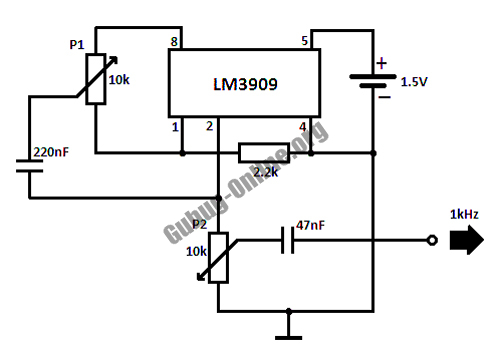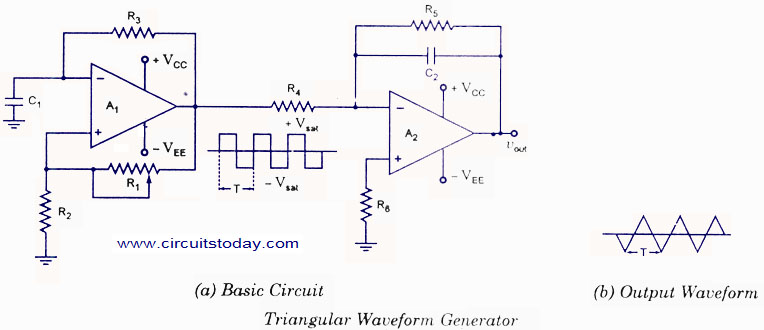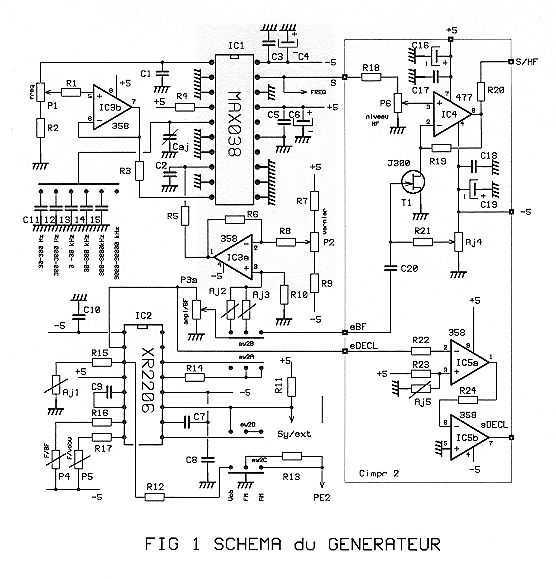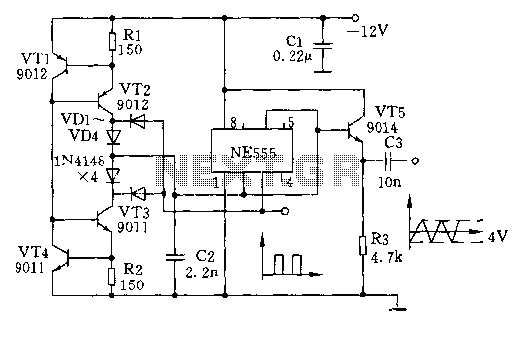
Kapanadze Free Energy Generator
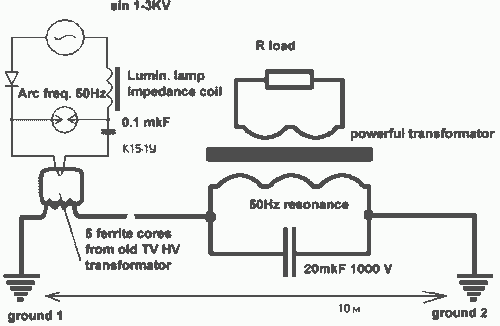
A Georgia Republic inventor, Tariel Kapanadze, claims to have invented a 5 kilowatt free energy generator. In a demonstration video, the device appears to produce copious amounts of energy from no visible source. More: The components apparently include a radiator buried in the ground, a wire to a water pipe, a Tesla coil/joule thief, a spark gap, transformer, capacitors, 5 ferrite cores from old TV HV transformers, and some other unidentified components. In the videos below under the keyword "Kapanadze", several different iterations or varieties are shown. Two appear to be solid state of different sizes, one in a black box. Another is a rotating system.
The described free energy generator purportedly operates on principles that challenge conventional understandings of energy generation. The core components mentioned suggest a complex interplay of electromagnetic principles and resonance. The radiator buried in the ground may serve as a heat sink or a grounding mechanism, facilitating energy extraction from the environment. The wire connected to a water pipe could imply a method for harnessing energy from the surrounding medium, possibly utilizing thermoelectric effects or other forms of energy conversion.
The inclusion of a Tesla coil indicates that high-voltage, high-frequency alternating currents are likely employed to create a resonant circuit. This could enhance the efficiency of energy transfer and potentially amplify the output power. The spark gap may function as a switch to control the discharge of energy, enabling rapid oscillations that are critical in resonant circuits.
Transformers and capacitors are essential for managing voltage levels and energy storage, suggesting that the system is designed to handle significant power fluctuations. The mention of ferrite cores from old TV high-voltage transformers points to the use of magnetic materials to improve inductive coupling and energy transfer efficiency. These ferrite cores can be utilized to create inductors or transformers that enhance the overall performance of the system.
The variations in design, including solid-state configurations and a rotating system, indicate a range of approaches to energy generation. Solid-state designs typically offer greater reliability and efficiency, while rotating systems may utilize mechanical motion to generate electrical energy through electromagnetic induction.
In summary, the Kapanadze generator presents a unique approach to energy generation that combines various electromagnetic principles and innovative design strategies. The components listed suggest a sophisticated system that may leverage environmental energy sources, though the practical viability and scientific basis of such a device remain subjects of scrutiny and debate within the engineering community.A Georgia Republic inventor, Tariel Kapanadze, claims to have invented a 5 kilowatt free energy generator. In a demonstration video, the device appears to produce copious amounts of energy from no visible source.
The components apparently include a radiator buried in the ground, a wire to a water pipe, a Tesla coil/joule thief, a spark gap, transformer, capacitors, 5 ferrite cores from old TV HV transformers, and some other unidentified components. In the videos below under the keyword "Kapanadze", several different iterations or varieties are shown.
Two appear to be solid state of different sizes, one in a black box. Another is a rotating system. 🔗 External reference
The described free energy generator purportedly operates on principles that challenge conventional understandings of energy generation. The core components mentioned suggest a complex interplay of electromagnetic principles and resonance. The radiator buried in the ground may serve as a heat sink or a grounding mechanism, facilitating energy extraction from the environment. The wire connected to a water pipe could imply a method for harnessing energy from the surrounding medium, possibly utilizing thermoelectric effects or other forms of energy conversion.
The inclusion of a Tesla coil indicates that high-voltage, high-frequency alternating currents are likely employed to create a resonant circuit. This could enhance the efficiency of energy transfer and potentially amplify the output power. The spark gap may function as a switch to control the discharge of energy, enabling rapid oscillations that are critical in resonant circuits.
Transformers and capacitors are essential for managing voltage levels and energy storage, suggesting that the system is designed to handle significant power fluctuations. The mention of ferrite cores from old TV high-voltage transformers points to the use of magnetic materials to improve inductive coupling and energy transfer efficiency. These ferrite cores can be utilized to create inductors or transformers that enhance the overall performance of the system.
The variations in design, including solid-state configurations and a rotating system, indicate a range of approaches to energy generation. Solid-state designs typically offer greater reliability and efficiency, while rotating systems may utilize mechanical motion to generate electrical energy through electromagnetic induction.
In summary, the Kapanadze generator presents a unique approach to energy generation that combines various electromagnetic principles and innovative design strategies. The components listed suggest a sophisticated system that may leverage environmental energy sources, though the practical viability and scientific basis of such a device remain subjects of scrutiny and debate within the engineering community.A Georgia Republic inventor, Tariel Kapanadze, claims to have invented a 5 kilowatt free energy generator. In a demonstration video, the device appears to produce copious amounts of energy from no visible source.
The components apparently include a radiator buried in the ground, a wire to a water pipe, a Tesla coil/joule thief, a spark gap, transformer, capacitors, 5 ferrite cores from old TV HV transformers, and some other unidentified components. In the videos below under the keyword "Kapanadze", several different iterations or varieties are shown.
Two appear to be solid state of different sizes, one in a black box. Another is a rotating system. 🔗 External reference
